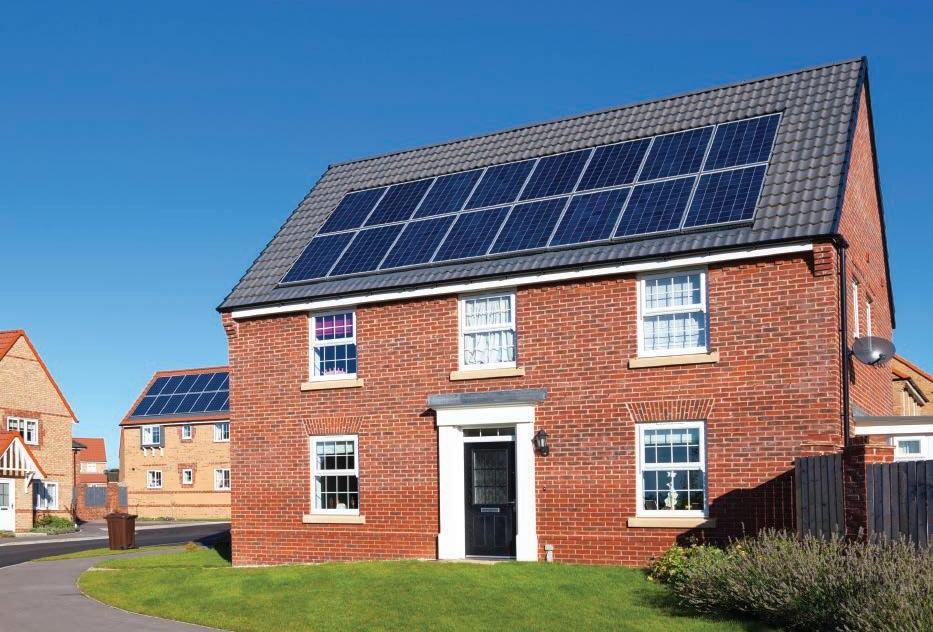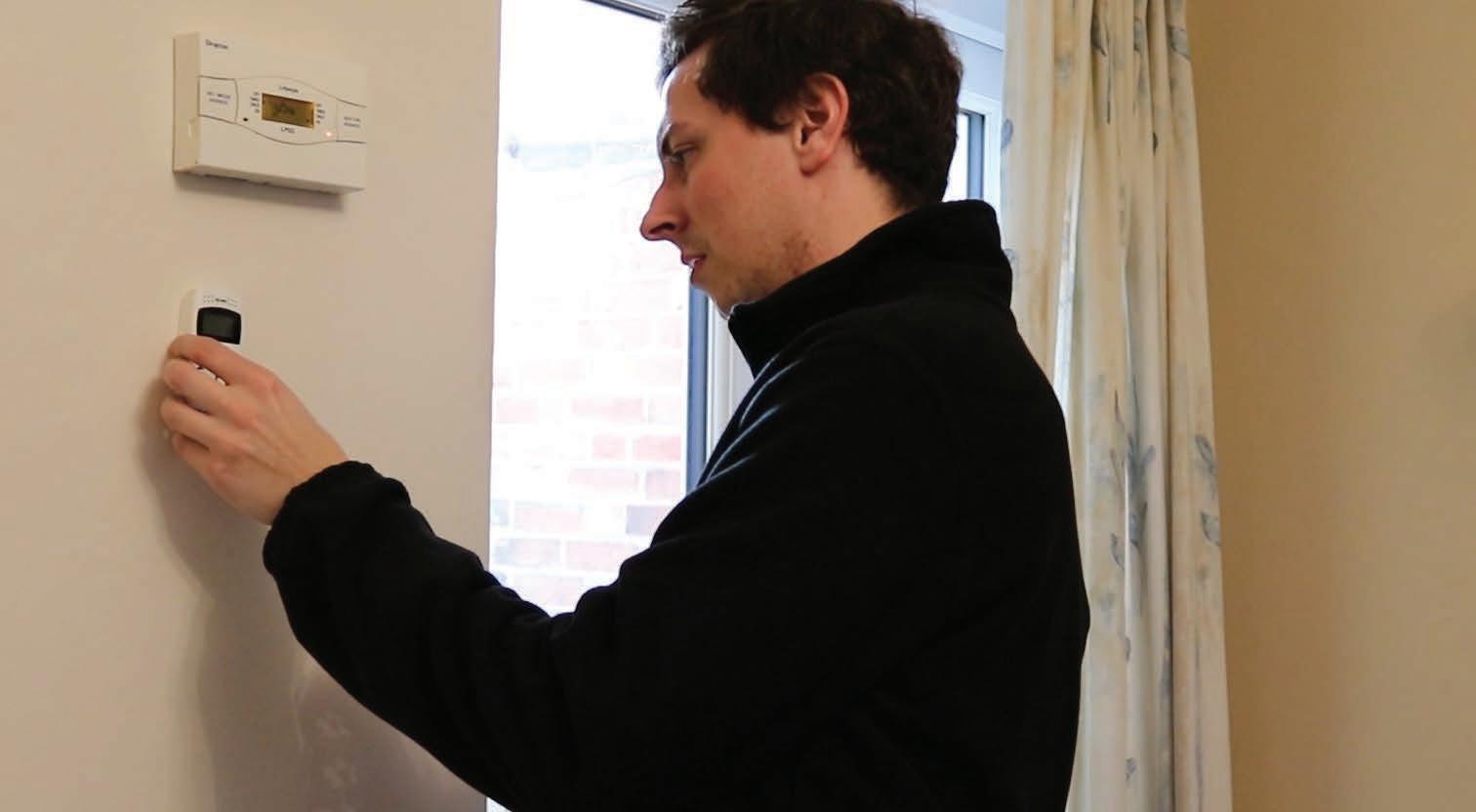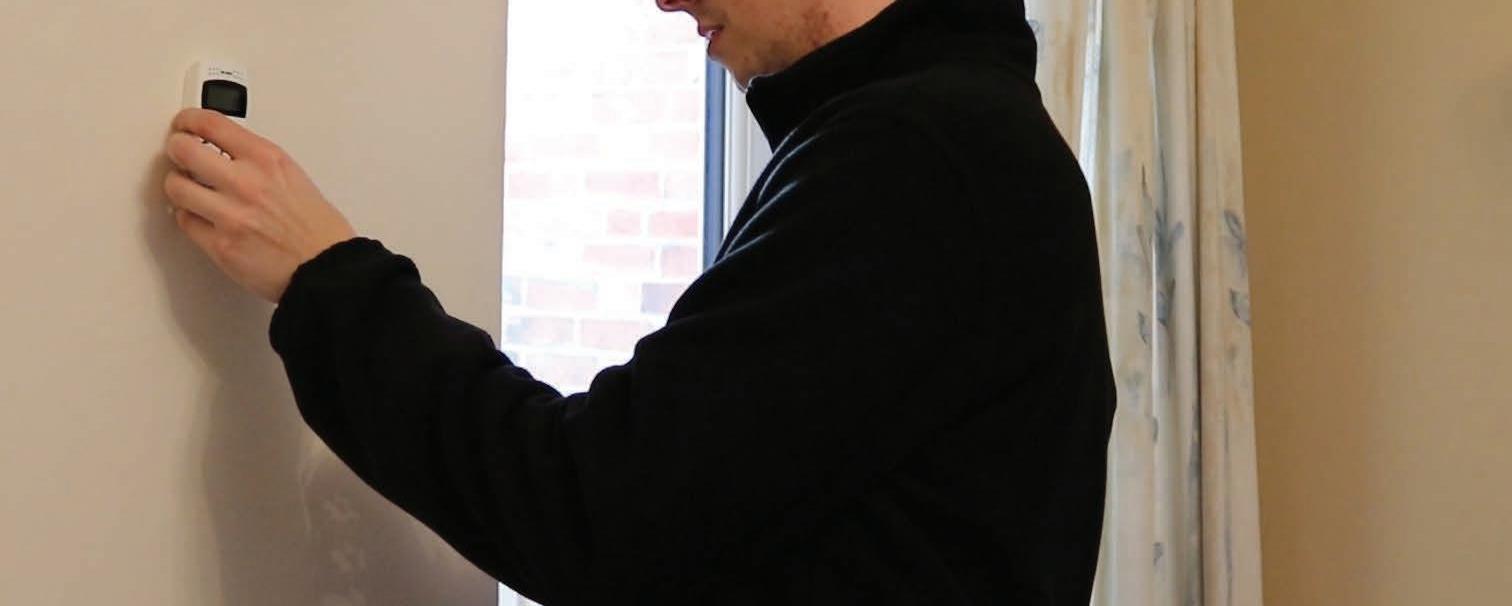
4 minute read
Measuring the Performance Gap
Chris Ricketts, Consultancy Business Manager
T E C H N I C A L
Advertisement
www.elmhurstenergyconsultancy.co.uk
20% of all energy use in the UK is for heating homes, making it the single biggest user of energy. It’s a big cost to residents and a big contributor to the country’s carbon emissions.
To meet targets set by the government, building regulations set out a series of minimum requirements for both new and existing buildings which aim to balance energy efficiency, carbon emission savings and running cost. RdSAP and SAP are useful methodologies when calculating a building’s relative energy efficiency and carbon emissions but are not without their limitations.
Measured Energy Performance is a new service from Elmhurst Consultancy that can measure the actual energy performance of homes.
You can’t manage what you don’t measure
Compliance modelling is useful to assess the energy efficiency of buildings under standardized conditions to determine if minimum performance requirements are met. However, a number of research projects over the years have highlighted a performance gap between their outputs, such as Energy Performance Certificate (EPCs), compared to the measured energy use during occupation. This poses the risk of misleading consumers, failing to account for the true occupancy behaviours of residents in how they use their homes, and, for society at large, the UK housing stock may not in fact be achieving the regulated targets that have been set out by Government. The problem is that homes have been shown to routinely perform worse than expected, and often by a significant amount (an average of 60% underperformance in the largest study undertaken). We need measurement of thermal performance at a larger scale to validate these findings and to ultimately understand how to more efficiently insulate our homes, and to design methods and policies to improve their delivered in-use performance. You can’t manage what you don’t measure.
How Measured Energy Performance works
Measured Energy Performance uses Smart HTC technology to measure the thermal performance of a house, defined by the ‘Heat Transfer Coefficient’ or HTC. The HTC encompasses all of the heat lost from a dwelling during the winter, through the walls, roof, floor and windows by conduction and radiation and by air movement and convection paths through gaps and cracks in the building fabric. That makes it the ultimate barometer of how well the overall fabric of the home keeps heat in and cold out.
The same HTC value is calculated as part of all SAP, RdSAP and PHPP calculations, thus enabling direct comparison of predicted and measured performance, with variables such as occupancy energy use behaviours and weather all accounted for. Elmhurst has developed the concept of a measured energy performance report which will use the Smart HTC calculation at its core whilst presenting a very clear comparison of the SAP design intent against the performance of what has been delivered.
Although not presently a regulatory requirement, such insight into the true measured performance of dwellings can serve housing developers in helping to ‘close the feedback loop’. It can also be used to promote good practice and is also perfect for those Design and Build contracts or instances where one might inherit properties as part of certain affordable housing planning policies.
Up to now, the only tests to measure the thermal performance of dwellings have required the building to be vacated for at least a couple of days which is obviously impractical for the people who live there! Smart HTC uses smart meter data and measurements of internal temperature collected while the residents are in the house, and analyses this to measure the HTC. Our testing has shown that this is comparable with the industry-established tests, but much less invasive and, as a consequence, less expensive and highly scalable.
What could Measured Energy Performance be used for?
Accurate knowledge of thermal performance enables a wide range of opportunities:
n
n
n
n
n Better tailored advice on how a resident heats their home and the effect of energy improvement measures. Quality assurance on retrofit works and new build homes.
Certification of offsite modular structures, showcasing that they are meeting design intent.
Information to assist manufacturers in modelling of heating system components and products. Quantification of the effect of energy improvement or fuel poverty alleviating measures. As an advertisement to customers and residents that their new or retrofitted homes really do perform, helping leading practitioners to promote their high build standard. Measured Energy Performance should always serve as the starting point in order to provide that high level overview of intrinsic as built fabric performance. From there, we naturally advocate that if under performance is identified, further investigations are carried out in order to determine the root causes e.g. Pulse air leakage testing, U-Value measurements of certain elements and in some cases, thermography.
Our partners, Build Test Solutions, are the building physics experts behind the Smart HTC method and their work has been in developing and validating the new technique over many years. Before Elmhurst makes it more widely available to its members, Elmhurst Consultancy are working to further develop and validate the proposition, working with the industry to offer the 'measurement as a service' - be that just Measured Energy Performance or a full toolkit of investigative works.











